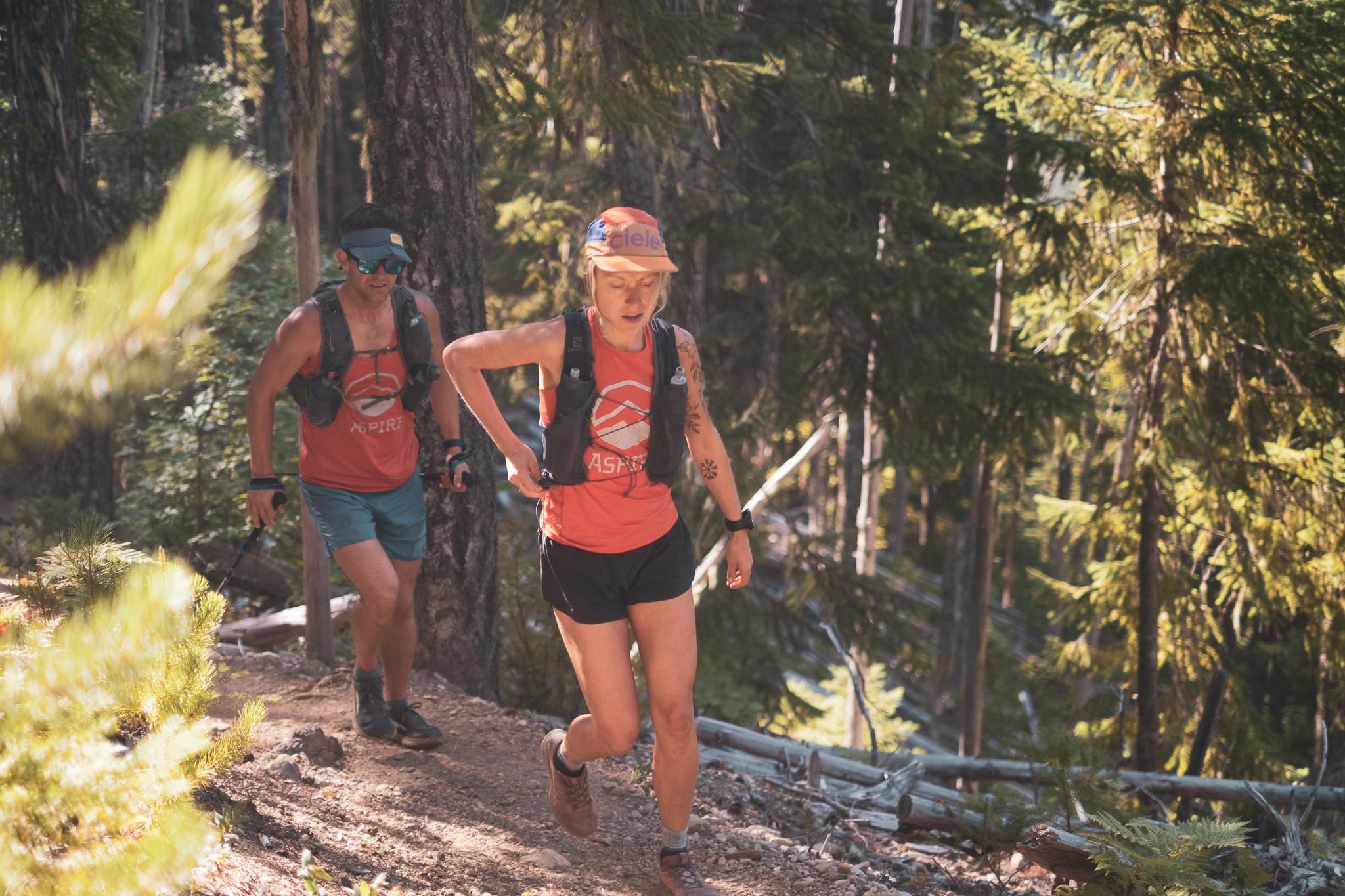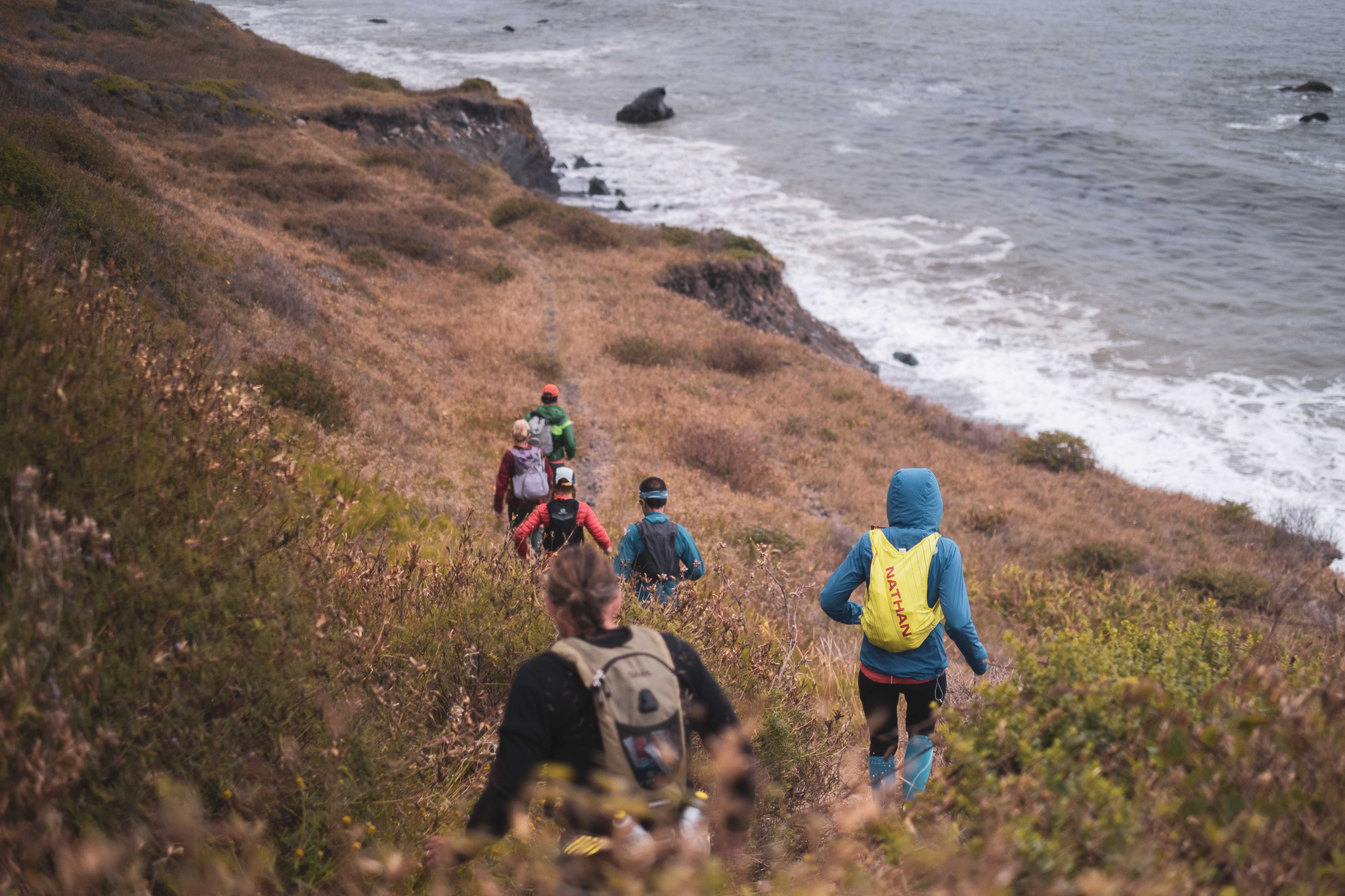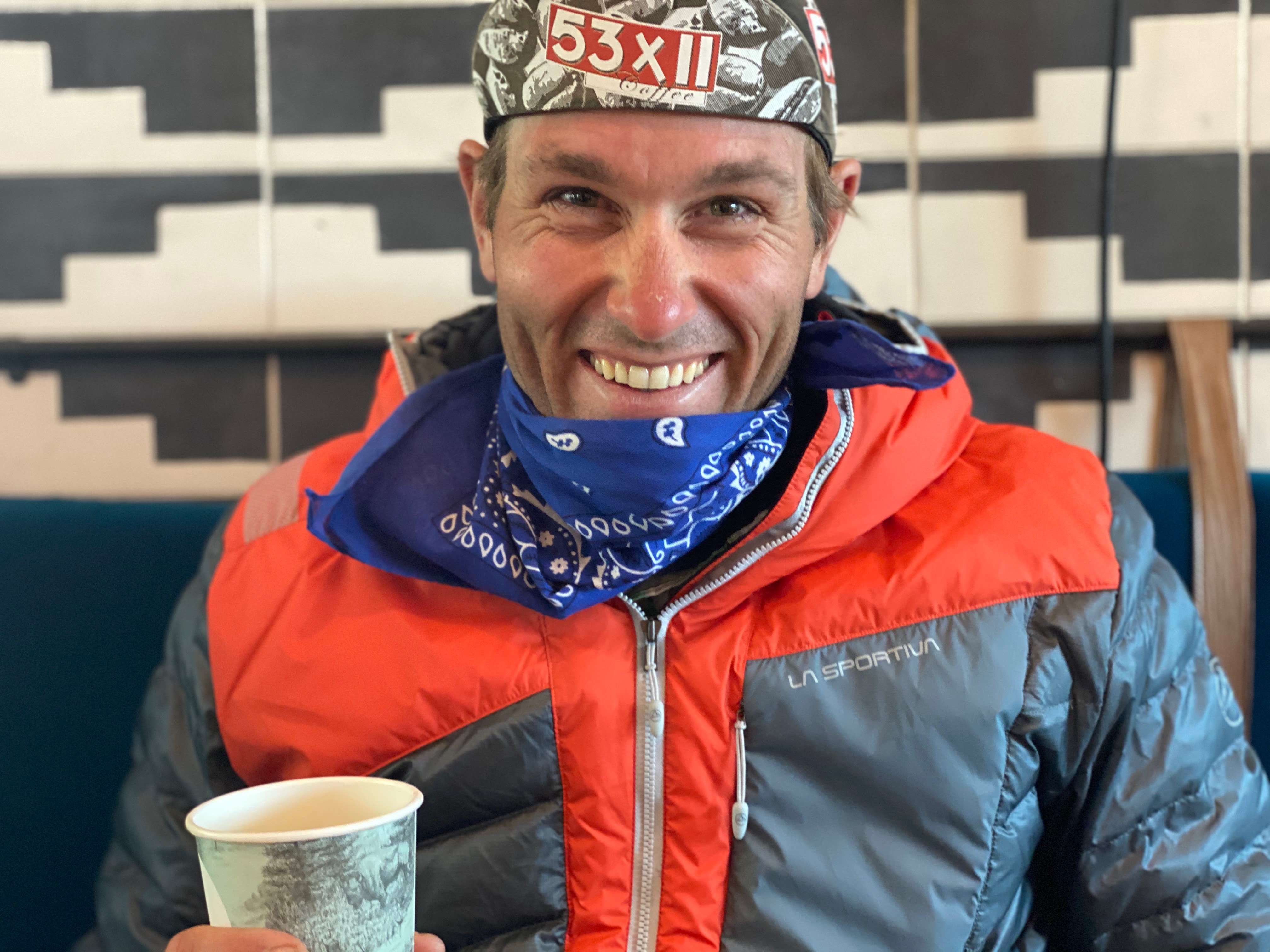The Why’s and How’s of the Spring Training Community
Aspire Adventure Running, in collaboration with coach Andrew Fast, has created a 2022’s Spring Training Community program. The training plan includes elite concepts for every athlete and monthly webinars that give participants a chance to come together for further insight. The webinars will feature presentations from Andrew and special guests discussing fueling, use of technology in training, and ways to improve recovery, and the power of mindset. The intent of this program is to lay down a solid foundation of base fitness in preparation for spring and summer objectives.

Mid-winter to early spring is my favorite time of year. Trip plans are made, race registrations open, and longer, warmer, brighter days feel not-so-distant. Big objectives on the horizon – like circumnavigating Mt. Rainier on the Wonderland Trail, The Lost Coast, Yosemite Backcountry, or a traverse of the North Cascades – generate a sense of excitement that fuels preparation.
Common questions arise: “How much training should I be doing?” “What should I prioritize?” “When should I rest?” “ How many calories per hour!?” Having a coach takes care of these questions for you, in essence, answering the how.
And figuring out the “what” is simple – any trip or rendezvous on the Aspire tick list is bound to be world class. Let’s be honest – endurance oriented objectives are hard. When the going gets tough, like on those early morning training runs or at the crux of a climb late in the day, having clarity on your why is what will carry you through. The role of the coach is to alleviate the athlete of any guesswork in preparation.
Training itself needn’t be complicated or inundated with technology and gadgets. Endurance is a ‘blue collar’ sport; layers of fitness stack up over time for the athlete willing to do the work session to session and week to week. A common phrase you’ll hear from me: “Only increment what needs to be incremented.” There is a time and place to add volume, intensity, and get tired (density). It is the role of the coach to know when to turn those dials up or down.

Within 2022’s Spring Training Community program you’ll see two major blocks: Base Phase 1 and Base Phase 2. The first block can be thought of as the foundation upon which we build the house, with an emphasis on easy volume and building durability through repeatable sessions and strength training. After the half way point we transition into Base Phase 2, where the variable of interval work is added into weekly waves. The primary difference between Base Phase 1 and Base Phase 2 is the number of ‘hard’ sessions per week and an incremental bias towards specificity. At the end of this plan an athlete will have enough hay in the barn (fitness) to transition into the Competition Period which is effectively maintaining form via 1-2 hard sessions and 1 longer session per week until their target event.
I genuinely look forward to the opportunity to train with you!
Yours in sport,
Andrew Fast
Join the Spring Training Community to receive the training plan and access the webinars. We’re looking forward to training with you!

Andrew works in Sports Medicine and Performance in Park City with the US Ski & Snowboard Team, USA Cycling, and Project Podium, a Team USA Under 21 Triathlon Development program. He has volunteered at the Olympic Training Center in Colorado Springs, worked with world-class runners in Mammoth Lakes, California, as well as raced and trained with elite-level athletes. Andrew earned his Doctorate of Physical Therapy from Franklin Pierce University in 2015 and started racing as a professional triathlete in 2013. As a clinician, Andrew is most interested in lower quarter biomechanics.

